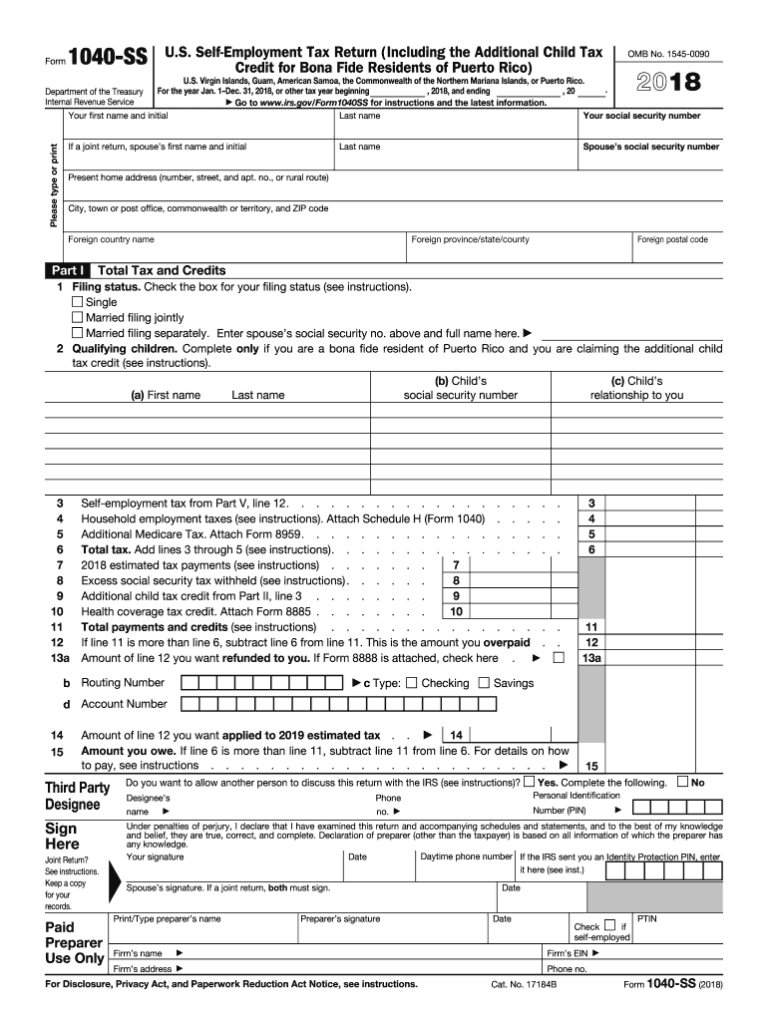

#IRS 1040 FORM HOW TO#
How to Report Your Hurricane Loss on Your Tax ReturnĪny hurricane losses that occur within the taxable year are reported on IRS Form 4864, “Casualties and Thefts.” This form will guide you through the amount you can claim.
#IRS 1040 FORM PRO#
If this is the case, it’s good to speak with a tax pro for assistance. In other words, you may have to pay taxes on the reportable gain. If you receive a reimbursement that is more than the adjusted basis of your property, you could have a tax gain. In some cases, you may need to report a casualty tax gain from reimbursement. That will leave you with a final loss figure for tax purposes. Once you’ve determined the smaller amount from the two loss calculations, you’ll need to subtract any insurance or reimbursement you’ve received or expect to receive. If your property would have sold at $25,000 before the casualty but $10,000 afterward, then the decline in fair market value is $15,000. The IRS considers your fair market value the price at which you could sell your property to a willing buyer in the open market. The decline in fair market value: You must determine how the “fair market value” of the property declined as a result of the casualty.
#IRS 1040 FORM PROFESSIONAL#
If you acquired the property as a gift or an inheritance, your basis may differ, and you’ll want to speak with a tax professional to determine your basis. It increases over time for any additions or improvements you make, and decreases through depreciation. Typically, your adjusted basis is the amount you paid for the property.

If you suffer a hurricane loss, you may qualify for federal disaster aid, including tax relief from the IRS that could take the form of a quick refund.

Real estate researchers at CoreLogic say more than 1 million homes along Florida’s Gulf Coast were at risk of being devastated by storm surge. The cleanup from catastrophic Hurricane Ian is likely to be long and expensive.ĭisaster modelers with Enki Research say the damage could total “upwards of $67 billion,” which would make Ian one of the costliest hurricanes in U.S.


 0 kommentar(er)
0 kommentar(er)
